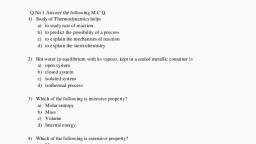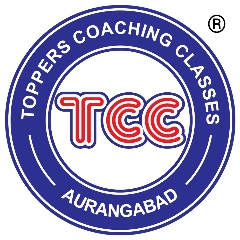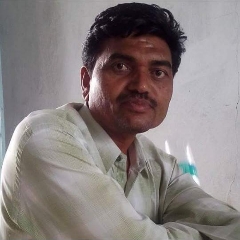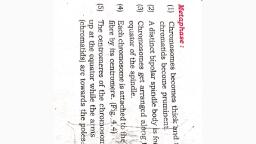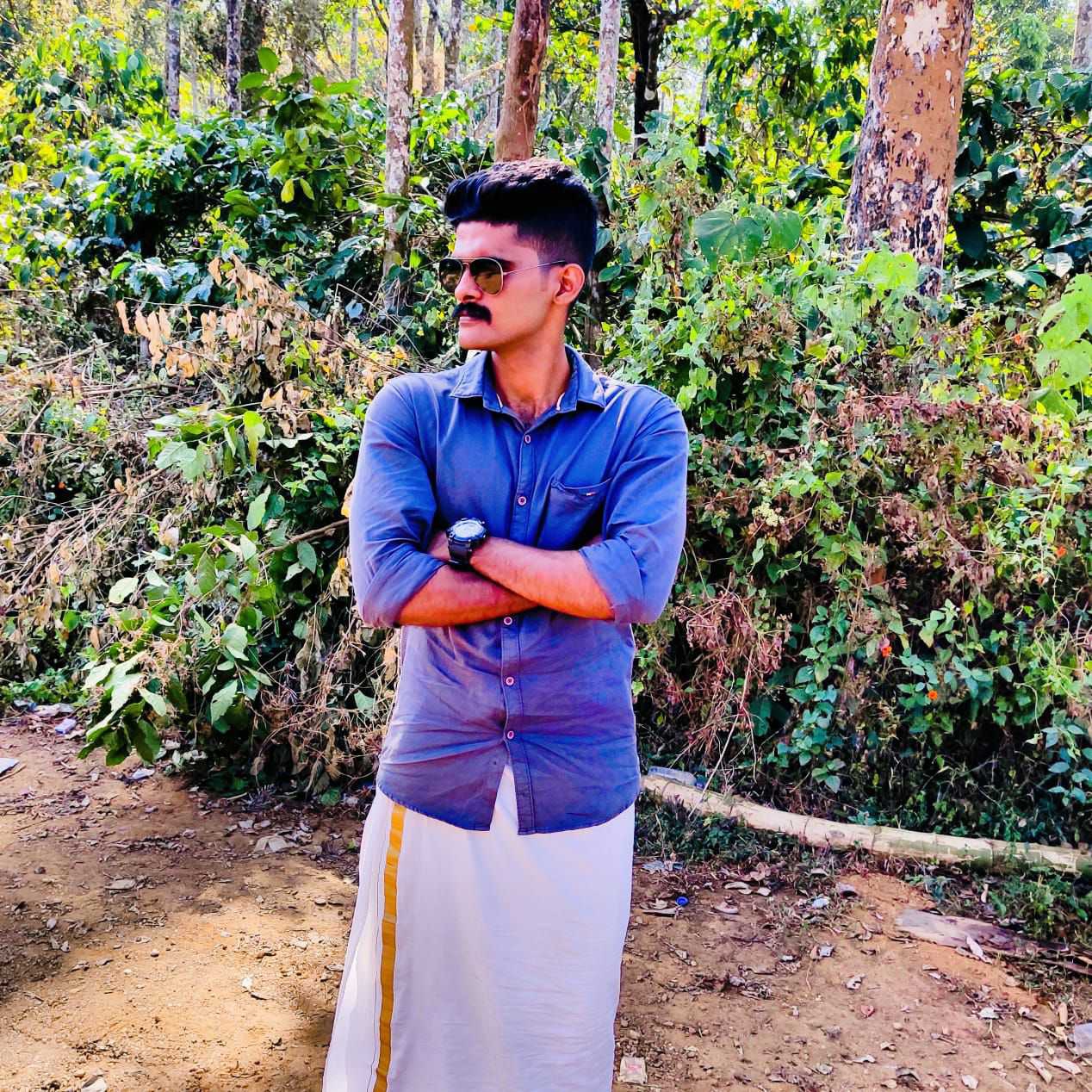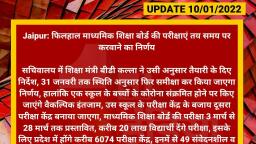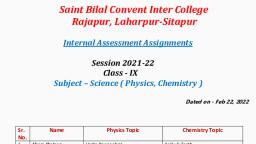Question 4 :
Fill in the blank. <br/>Thermodynamics<span> is the branch of science concerned with ____ and ________ and their relation to energy and work. <br/></span>
Question 9 :
An isolated system is one which neither shows an exchange of ____nor ____with surroundings.
Question 10 :
Which one of the following pairs represents the intensive properties ?
Question 11 :
${ N }_{ 2 }(g)+3{ H }_{ 2 }(g)\rightleftharpoons 2N{ H }_{ 3 }(g)$<br>$\Delta { H }^{ o }=-18\quad kJ$<br>According to Le-Chateliers principal the favourable condition for good yield of $NH_{3}$
Question 14 :
Which one of the following systems is an example of a closed system?
Question 15 :
The temperature at the bottom of a high water fall is higher than that at the top because
Question 16 :
Which of the following property is not a thermodynamic property of the system?
Question 22 :
The value closest to the thermal velocity of a Helium atom at room temperature (300 K) in $ms^{-1}$ is : [$k_B = 1.4 \times 10^{-23} \ J/K ; \ m_{He} = 7\times 10^{-27} \ kg$ ]
Question 24 :
Assertion: Mass, volume and pressure are extensive properties.
Reason: Extensive properties depend upon the amount of the substance.
Question 26 :
<div><span>An open system can exchange both matter and energy with surroundings.</span><br/></div>
Question 27 :
A liquid boils at such a temperature at which the saturated vapour pressure, as compared to atmospheric pressure, is
Question 28 :
Which of the following is an extensive property?<br/><span>a. Volume </span><br/><span>b. Surface tension.</span><br/><span>c. Viscosity </span><br/><span>d. Density</span><br/>
Question 29 :
Among the quantities, density $(\rho)$, temperature(T), enthalpy(H), heat capacity$(C_{\rho})$, volume (V) and pressure (P), a set of intensive variables are $:$<br/>
Question 30 :
What will be the stable state of aggression of carbon at $298 K$ and 1 atm pressure?<br/>
Question 31 :
When a liquid in a heat insulated closed vessel is stirred using a peddle then the temperature of the liquid:
Question 32 :
In thermodynamics which one of the following properties is not an intensive property?
Question 33 :
Consider the following statements and arrange in the order of true/false as given in the codes.<br/>$S_1$: Change in state function between two states is a definite quantity and does not depend on path.<br/>$S_2$: Intensive properties cannot be algebraically added or subtracted.<br/>$S_3$: Ratio of two extensive properties result in a parameter that depends on the amount of substance.<br/>$S_4$: Molar heat capacity is a state function.<br/>The correct order to true/false of the above statements is:
Question 34 :
If a closed system has adiabatic boundaries, then atleast one boundary must be:
Question 38 :
Assertion: When ideal gas expand from $P_1,V_1,T_1$ to $P_2,V_2,T_2 $in two steps, and work done is high in<br>which number of steps are high
Reason: Work is path function
Question 42 :
The state of gas can be described by quoting the relationship between_____________.<br>
Question 48 :
<div><span>A closed system shows exchange of mass and not energy with surroundings.</span><br/></div>
Question 49 :
If in a container neither mass and nor heat exchange occurs then it constitutes a:
Question 50 :
$0.1 \,{m^3}$ of water at ${80^ \circ }$ is mixed with $0.3 {m^3}$ of water at ${60^ \circ }$. The final temperature of mixture is :
Question 52 :
An open vessel at $27^{\circ}C$ is heated until ($\tfrac 25$)th of the air in it has been expelled. Assuming that the volume of the vessel remains constant. Which of the following option is correct?<br/>
Question 54 :
Assertion: Water drops take spherical shape when falling freely.
Reason: Water has minimum surface tension among all liquids.
Question 56 :
Two reactions involving water are shown.<br>X anhydrous cobalt (II) chloride + water $\rightarrow$ hydrated cobalt(II) chloride<br>Y iron + oxygen + water $\rightarrow$ rust<br>Which reactions are reversible by heating?
Question 58 :
A system which can neither exchange matter nor energy with surrounding is called isolated system .If true enter 1 else 0<br>
Question 59 :
A physical change is a permanent change and irreversible<span>.</span><div><span>Write true or false.</span></div>





















